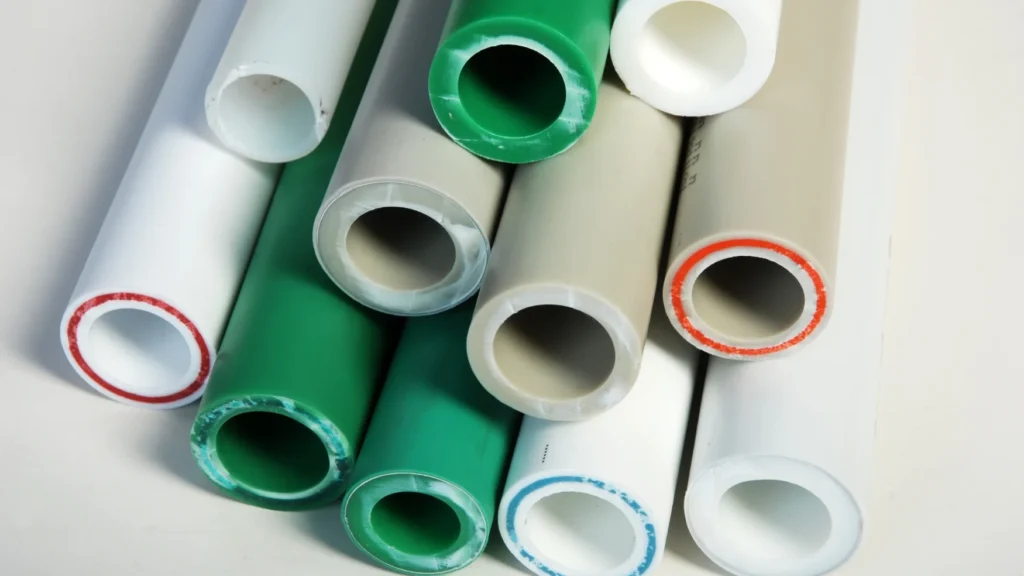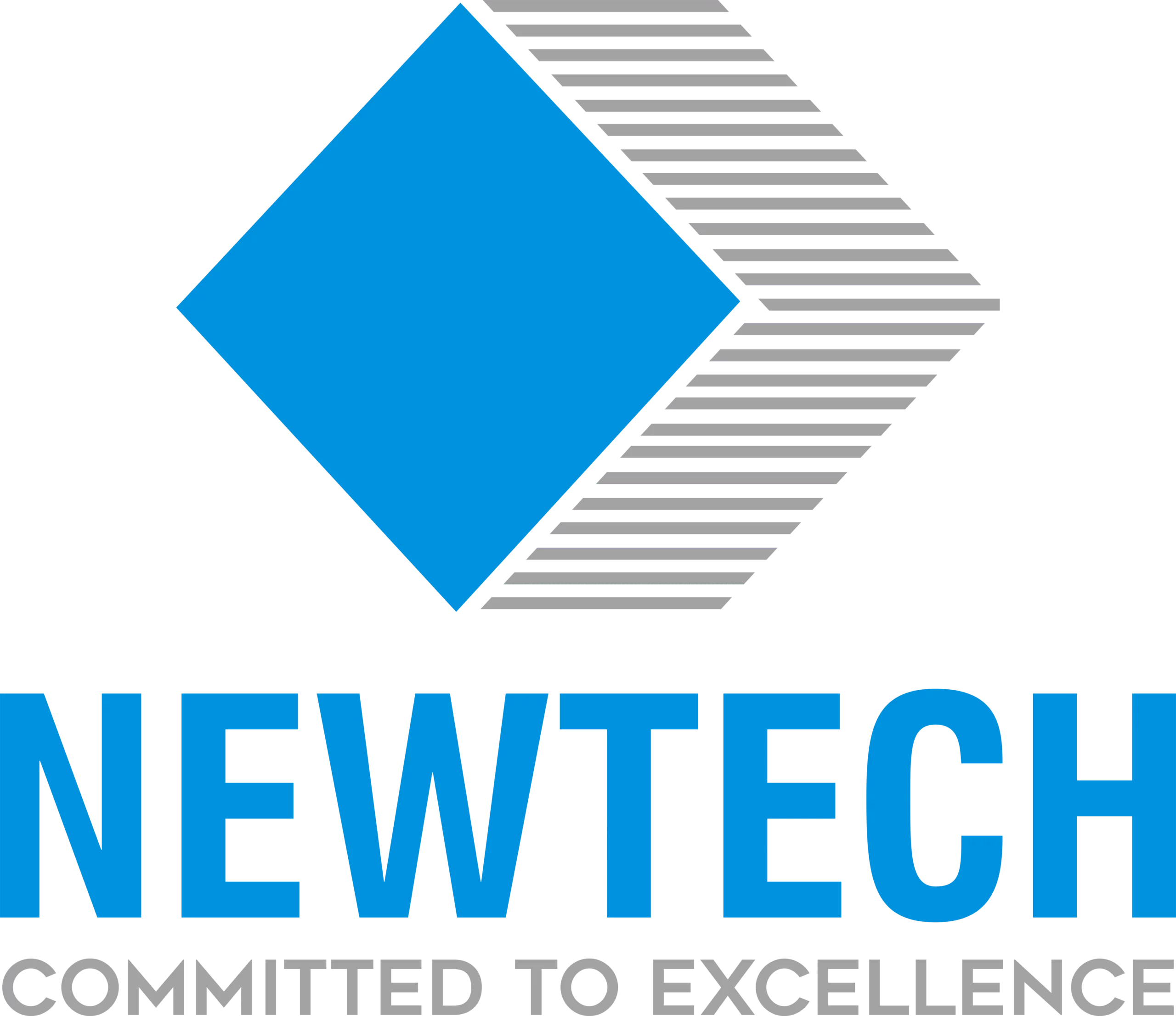PPRC pipes ensure a reliable plumbing system with their durability, non-corrosive nature, and resistance to heat and pressure. Ideal for both hot and cold water supply, they provide a safe, long-lasting solution for homeowners. Proper installation and maintenance further enhance their efficiency, making them a top choice for modern plumbing.
How do PPRC pipes contribute to a reliable plumbing system?
Ensuring a safe and steady water flow in your home is essential for daily comfort and hygiene. The materials used in plumbing systems significantly impact water quality, durability, and efficiency. One of the most reliable solutions is polypropylene random copolymer (PPRC) pipes. These pipes are widely recognized for their resilience, non-corrosive nature, and ability to handle both hot and cold water supplies. In this guide, we’ll explore the role of PPRC pipes in modern plumbing systems, their benefits, installation process, and maintenance tips to ensure long-term efficiency.
1. What Are PPRC Pipes, and Why Are They Preferred for Home Plumbing?
PPRC pipes are made from a type of thermoplastic polymer that offers excellent resistance to pressure, heat, and corrosion. These features make them ideal for residential and commercial plumbing systems.
Key Benefits of PPRC Pipes
- Durability: Resistant to high temperatures and external impact.
- Corrosion-Free: Unlike metal pipes, PPRC does not rust.
- Non-Toxic: Ensures clean and safe water supply.
- Lightweight and Flexible: Easy to install and transport.
- Energy Efficient: Reduces heat loss in hot water systems, lowering energy costs.
- Minimal Expansion and Contraction: Prevents leaks and damage over time.
Comparison with Other Plumbing Materials
| Feature | PPRC Pipes | PVC Pipes | Copper Pipes |
|---|---|---|---|
| Durability | High | Medium | High |
| Corrosion Resistance | Excellent | Good | Poor |
| Heat Resistance | High | Low | High |
| Cost | Affordable | Cheap | Expensive |
| Environmental Impact | Low | High | Medium |
2. How Do PPRC Pipes Ensure a Safe and Reliable Water Flow?
Water safety is a primary concern for homeowners. PPRC pipes contribute to a safer water system due to their non-toxic composition and smooth inner surface that prevents bacterial growth.
Key Features for Water Safety
- No Chemical Leaching: Unlike some plastic materials, PPRC pipes do not release harmful chemicals.
- High Thermal Resistance: Suitable for both hot and cold water applications.
- Smooth internal surface: prevents sediment buildup, ensuring a steady flow.
- Resistance to Microbial Growth: Reduces the risk of bacterial contamination in drinking water.
- Odorless and Tasteless: Ensures water remains pure and uncontaminated.
For a more detailed look at how PPRC pipes enhance water safety, check out this guide.
3. What Makes PPRC Pipes a Durable Plumbing Material?
The longevity of plumbing materials is crucial for cost-effective home maintenance. PPRC pipes are known for their durability, thanks to their robust material composition.
Factors Contributing to Durability
- High Impact Resistance: Withstands physical stress without cracking.
- Long Lifespan: Can last over 50 years with proper maintenance.
- Minimal wear and tear: resistant to environmental and chemical damage.
- High Pressure Resistance: Suitable for high-rise buildings and industrial applications.
- UV Resistance: Protects against sun exposure when installed outdoors.
4. How Are PPRC Pipes Installed in Residential Plumbing?
Proper installation is key to maximizing the benefits of PPRC pipes. The installation process is relatively simple, making it a preferred choice for plumbers.
Installation Steps
- Measurement & Cutting: Pipes are cut to the required length.
- Heating & Joining: Ends are heated and joined using a welding machine.
- Sealing & Testing: Connections are sealed, and the system is tested for leaks.
- Insulation (Optional): In cold climates, insulation can help maintain water temperature.
- Final Inspection: Ensures proper connections and system integrity.
5. What Are the Common Issues with PPRC Pipes and How Can They Be Prevented?
While PPRC pipes are highly durable, improper handling can lead to issues such as leaks or weak joints.
Common Problems and Solutions
- Weak Joints: Ensure proper heating during installation.
- Blockages: Regularly flush the pipes to remove sediment.
- Cracks: Avoid exposure to direct sunlight for prolonged periods.
- Improper Fittings: Use only compatible connectors and fittings.
- Excessive Pressure: Install pressure regulators to prevent damage.
6. How Do PPRC Pipes Support Both Hot and Cold Water Supply?
PPRC pipes are designed to handle varying temperatures, making them ideal for both hot and cold water distribution.
Advantages for Temperature Management
- Heat-Resistant: Can withstand temperatures up to 95°C.
- No Expansion Issues: Retains shape even under extreme conditions.
- Energy Efficient: Reduces heat loss in hot water systems.
- Frost Resistance: Prevents bursting in freezing conditions.
- Consistent Performance: Ensures stable water pressure and flow.
7. How Can You Maintain and Extend the Life of PPRC Pipes?
Regular maintenance helps in preserving the efficiency of PPRC pipes.
Maintenance Tips
- Regular Inspections: Check for leaks or weak joints.
- Flushing: prevents sediment buildup.
- Professional servicing: engage a plumber for periodic checks.
- Proper Insulation: Helps in energy conservation and protection against temperature extremes.
- Avoid harmful chemicals: Use mild cleaners to prevent internal damage.
Conclusion
PPRC pipes play a crucial role in delivering safe and steady water flow in homes. Their durability, resistance to corrosion, and ability to handle both hot and cold water supplies make them an ideal choice for modern plumbing systems. By choosing PPRC pipes, homeowners ensure a reliable and cost-effective solution for their water distribution needs. For more insights, refer to this resource.
With proper installation and maintenance, PPRC pipes can serve efficiently for decades, ensuring safe and reliable water flow throughout your home.


